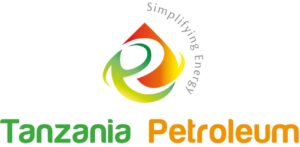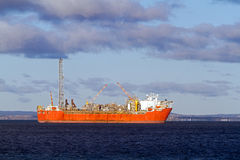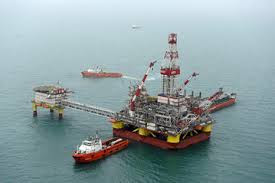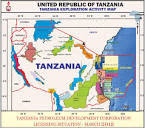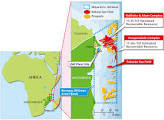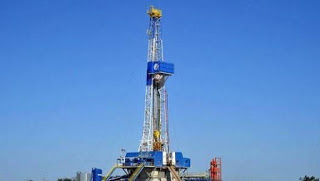MANY parts of the country connected to the national grid will experience electricity blackout on Monday as all gas-powered turbines will be switched-off to pave way for connection of the new natural gas pipeline from Mtwara.
The Tanzania Electric Supply Company Limited (Tanesco)’s Managing Director, Engineer Felchesmi Mramba, said the power interruptions will persist for the rest of the week though on smaller extent.
“For the whole of tomorrow (today), gas fired plants will be turned off to allow technicians to connect the new pipeline to new plants at Ubungo,” Engineer Mramba said after a brief tour at Kinyerezi 1 and Ubungo gas plants in Dar es Salaam.
The new plants to be supplied with gas from Mtwara include (Symbion 112MW) and Plant number 2, both at Ubungo area as well as Kinyerezi 1 (150MW).
Plants to be affected by the shut down tomorrow are those supplied with gas from Songo Songo and they include Songas (184MW), Ubungo Plant number 1 (100MW) and Tegeta plant (45MW).
The power-utility boss said the power interruptions are expected to last, though on smaller extent, until September 15, when installations work will be completed.
Natural gas discoveries in Tanzania stand at over 50 trillion cubic feet (tcf) and the resource produces over 40 per cent of power supplied to the national grid while hydro-power and diesel-fired plants account for the remaining percentage.
As the country focuses on gas for power generation, the Tanesco boss assured the public of reliable power and stable prices.
“I would like to apologise to our customers for the interruptions they will face during the next one week but, thereafter, the country will have reliable electricity,” Engineer Mramba noted.
Earlier, the Managing Director of the Tanzania Petroleum Development Corporation (TPDC), Dr James Mataragio, explained that as of yesterday, transportation of gas from Madimba Processing Plant in Mtwara has clocked 3 bars.
“For power generation to commence, we require between 50 and 55 bars of natural gas, which will be realised in the next one week since we are still pumping gas in the pipeline,” Dr Mataragio stated.
With the use of natural gas for power production, the country is expected to save almost one billion US dollars (about 2 trilion/-) which has been used to purchase fuel to operate diesel-powered generation plants.
Construction of the 532-kilometre gas pipeline from Mtwara to Dar es Salaam is expected to allow the country to double its power generation capacity to 3,000MW by next year and the government looks forward to boost the capacity to at least 10,000MW by 2025.
